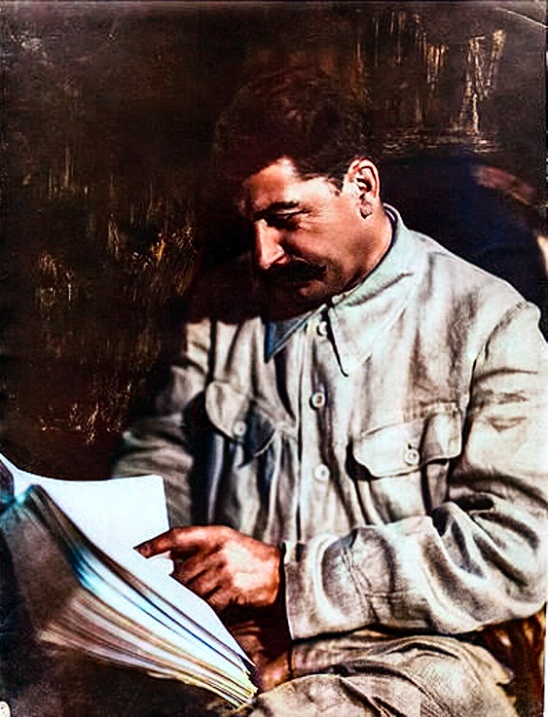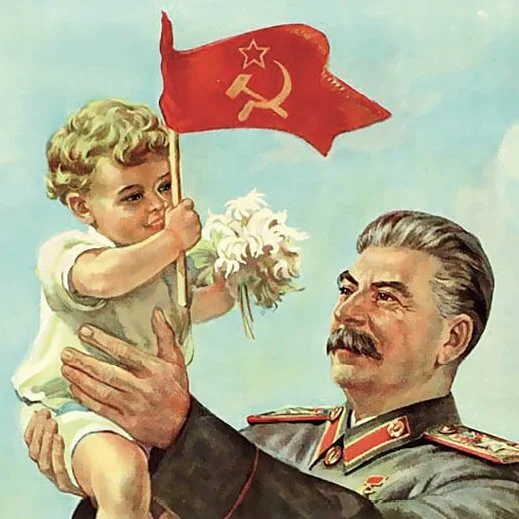RedWizard [he/him, comrade/them]
- 582 Posts
- 1.99K Comments
 9·1 day ago
9·1 day ago
 9·1 day ago
9·1 day agoShit I keep doing that! Oh well, nevertheless.
 161·1 day ago
161·1 day agoHow else should I interpret that?
 13·1 day ago
13·1 day agoThis “reality” isn’t supported by reality. She is a liberal Zionist and Zionism demands the extermination and ethnic cleaning of Palestinians in order to function. You don’t support defensive weapons while being anti-genocide when those defensive weapons aid in furthering the genocide.
 161·1 day ago
161·1 day agoWhat part of what I said was dishonest?
 291·1 day ago
291·1 day agoif they don’t get it from us, they will get it from someone else.
I guess we have no choice then participate in genocide. Good analysis comrade.
Maybe Russia, China
What makes you think these should be included in this list?
 202·1 day ago
202·1 day agoIf the subject trying to help In your previous statement is AOC my comment still stands.
If its you I don’t see how you are trying to help? AOC has been running defence in her own capacity for Israel: https://ocasio-cortez.house.gov/media/press-releases/monday-rep-aoc-host-livestream-antisemitism-and-fight-democracy
In this stream she conflates anti-zionism with antisemitism.
She lost support from the DSA: https://www.dsausa.org/statements/status-of-dsa-national-endorsement-for-rep-ocasio-cortez/
However, members have raised their concerns regarding a number of her votes, including a vote in favor of H.Res.888, conflating opposition to Israel’s “right to exist” with antisemitism. AOC also co-signed a press release on April 20, 2024, that “support[s] strengthening the Iron Dome and other defense systems”
…
Finally, AOC recently hosted a public panel with leaders from the Jewish Council for Public Affairs, lobbyists for the IHRA definition of antisemitism. On this panel, anti-Zionism and antisemitism were conflated and boycotting Zionist institutions was condemned. This sponsorship is a deep betrayal to all those who’ve risked their welfare to fight Israeli apartheid and genocide through political and direct action in recent months, and in decades past.She seems to do this for the love of the game.
 262·1 day ago
262·1 day agoIn what way is giving a mass murderer body armor a form of “helping”?

 2·3 days ago
2·3 days agoSo no, you’re not. Call me when you start building a militia instead of whatever this is.

 2·3 days ago
2·3 days agoAre you building a militia?

 7·8 days ago
7·8 days agoImagine being a imgur castaway in 2025.

 6·8 days ago
6·8 days agoThis is not like lawful interception that every country does, including Western democracies,” says Marla Rivera, a technical researcher at InterSecLab, a global digital forensics research institution. In addition to mass censorship, the system allows governments to target specific individuals based on their website activities, like having visited a certain domain.
The surveillance system that Geedge is selling “gives so much power to the government that really nobody should have,” Rivera says. “This is very frightening.”
Digital Authoritarianism as a Service
I’m sorry, did you read the article? That’s exactly what it is saying silly.

 2·10 days ago
2·10 days agoI wonder if this could become a side bar element.

 2·13 days ago
2·13 days agoThat’s not a meaningful distinction. Either way they should be using matrix or anything else.
 3·14 days ago
3·14 days agoSo the author of the post didn’t test to see if these exploits were indeed present on the server? The comments seem pretty critical of the author for not doing any sort of pen testing to confirm that these vulnerabilities existed.

 5·22 days ago
5·22 days agoI love not thinking!

 8·24 days ago
8·24 days agoSounds like its working as intended.

 11·24 days ago
11·24 days agoThe people of Ukraine are Putler!

 51·25 days ago
51·25 days agoI’m always surprised when I see an imgr link. Especially on reddit. Like, why can’t you just use the built in img upload function?
























